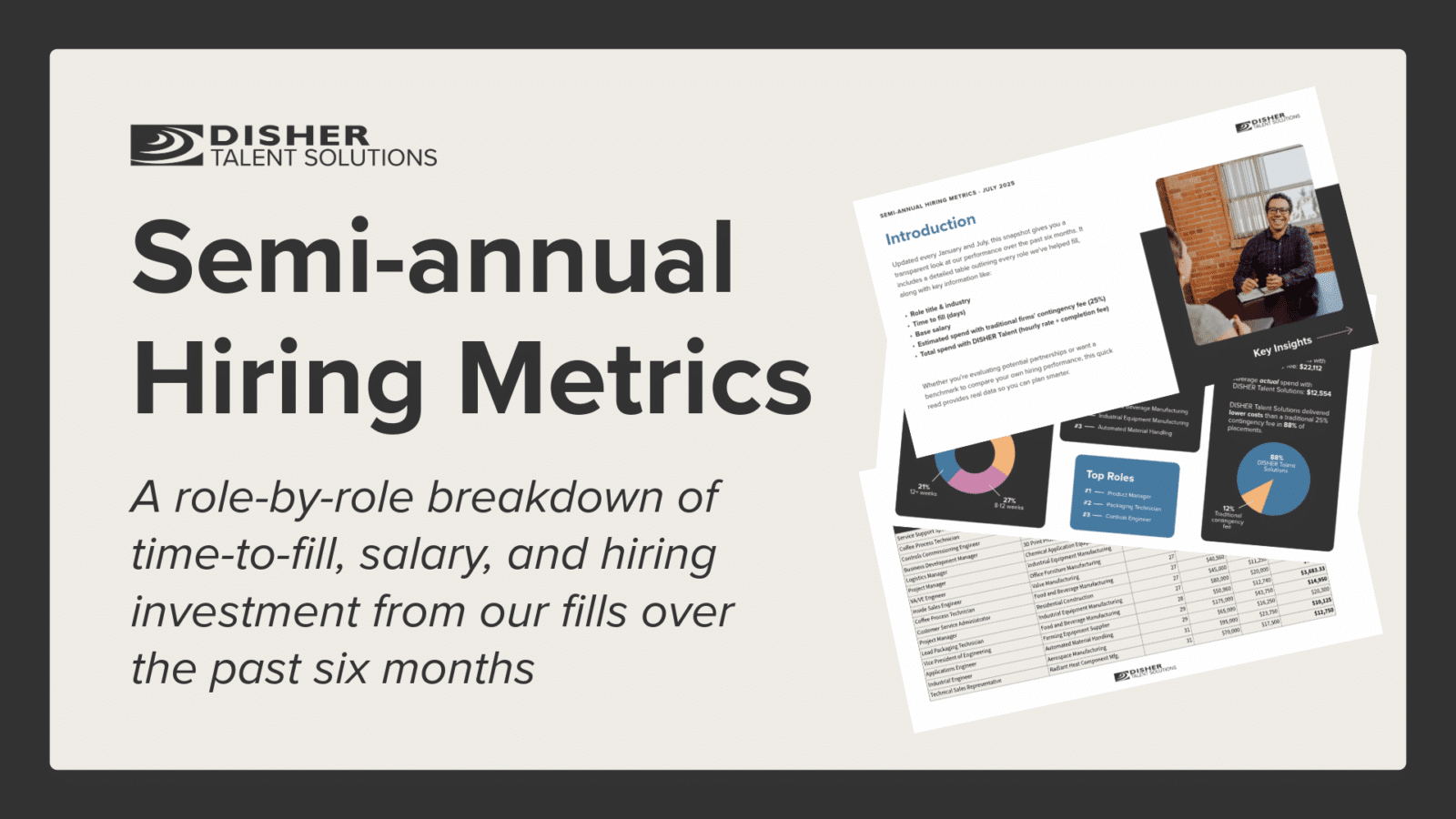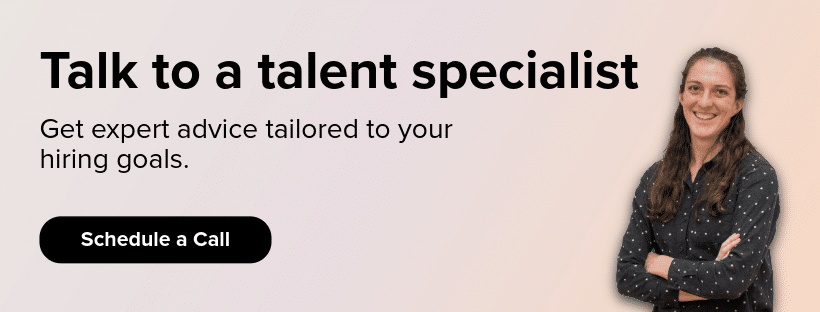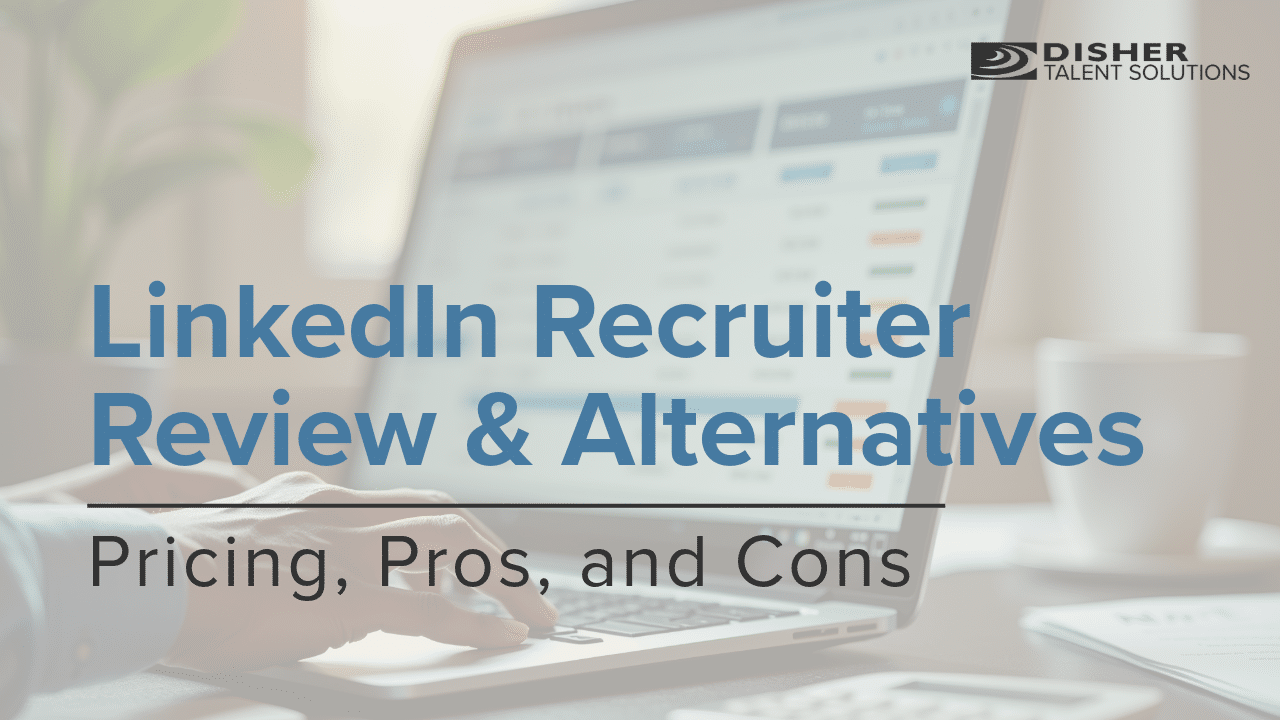How Is Recruiting for Leadership Positions Different from Hiring Mid-level Managers or Entry-level Roles?
August 28, 2025

Hiring is never one-size-fits-all. Filling an entry-level role looks very different from bringing in a department manager, and both pale in comparison to hiring a senior leader who will shape your company’s future.
Differing levels of effort, cost, and care go into hiring for the various roles. In this article, I’ll walk you through the spectrum and help you understand:
- The risks and impact of entry-level, mid-level, and leadership hires
- What traits and skills matter most at each level
- How the recruiting process may shift depending on responsibility
- What candidate pools look like across the spectrum
- How hiring costs compare across levels
Why Different Roles Require Different Hiring Approaches
Every role in your company matters, but not every role carries quite the same weight.
Entry-level hires affect tasks and projects. If one doesn’t work out, the impact is noticeable but typically manageable. Mid-level managers, on the other hand, influence team performance and workflows; a poor-fit hire here can frustrate employees and create bottlenecks. Finally, senior leaders set strategy, shape culture, and influence long-term success. One poor fit at this level can derail growth and increase company-wide turnover.
What Skills and Traits Matter Most at Each Level?
| Entry-level | Mid-level Managers | Senior Leadership |
| Willingness to learn Reliability and accountability Collaboration within a team Technical skills (often trainable) | People management and coaching ability Project and process oversight Conflict resolution and communication Balance of technical and leadership skills | Strategic vision and long-term thinking Ability to inspire and mobilize teams Decision-making under pressure Culture alignment and influence |
Does the Recruiting Process Change Depending on Job Level?
While you shouldn’t overhaul the foundational steps of your recruiting process for every role, you should tailor certain steps based on the level of the role you’re hiring for. Job level can also affect the speed of the hiring process and the number of stakeholders involved in the decision.
For example, recruiting tends to move faster at the entry level. Job boards, internships, and referrals can typically generate enough applicants, and interviews are centered on foundational skills, growth potential, and cultural alignment.
Mid-level recruiting slows down. These roles often require broader sourcing through professional networks or internal promotions. Evaluation takes more structure, with multiple interviewers weighing both technical credibility and leadership ability.
At the leadership level, the process is longer and more complex. Executive recruiting firms often step in, especially if confidentiality is required. Many stakeholders are involved, reference checks go deeper, and the focus is on leadership style, strategic vision, and long-term cultural alignment.
How Do Candidate Pools Differ?
The talent pool is widest for entry-level positions. Many early-career candidates are eager for experience, and skills can be trained on the job.
For mid-level managers, the pool shrinks. Not every strong individual contributor has the ability—or desire—to manage people and processes.
Leadership roles have the smallest, most selective pools. Qualified leaders are scarce, often already employed, and less likely to apply for jobs directly. Reaching them usually requires targeted outreach and strong networking.
How Long Does It Take to Fill Leadership vs. Mid-level vs. Entry-level Roles?
One of the biggest differences in recruiting across levels is time-to-fill.
- Entry-level roles are often filled within a few weeks. High volume of applicants and lower barriers to entry speed things up, and delays typically come from managing volume rather than scarcity.
- Mid-level managers usually take one to three months. The pool is narrower, and evaluation requires more careful interviews across both technical and leadership dimensions.
- Senior leadership can take three to six months, or longer. The right candidate may not be actively looking, and multiple stakeholders are involved in vetting.
Remember that time-to-fill isn’t just an HR metric, but a metric that has real business impact. Especially when it comes to leadership roles, every week without a resource can mean missed opportunities, unclear direction, and stalled projects.

How Much Does Hiring a Leadership Role Cost vs. Other Roles?
Entry-level hiring most often costs the least. If you have the bandwidth, internal recruiting and job postings are usually sufficient.
Mid-level hiring typically costs a little more, whether you put your internal hiring team on it or enlist a recruiting firm.
Senior leadership comes with the highest price tag. If you engage an executive search firm, your fees will be higher than if you engaged the search firm for a lower-level role. If the firm charges contingency fees, it could be up to 25-35% of the leader’s first-year salary. There are also firms (like ours) that charge by the hour and can often cut some of that cost, but keep in mind the lengthier time-to-hire tendency for executive roles.
[Free Calculator] Estimate your cost to hire with DISHER Talent Solutions >>
Which Roles Should I Send to a Recruiting Firm?
A recruiting firm will be able to help you find the right people at any level: entry, mid-level, or executive. However, there are certain times or situations that you may be more inclined to outsource:
- Entry-level roles when you’re hiring urgently or at scale and don’t have the internal bandwidth to make it happen.
- Mid-level managers in niche or technical functions/industries.
- Any senior leadership position, in an effort to access passive candidates, maintain confidentiality, and manage a longer and more complex process, your internal team likely doesn’t have the capacity for.
We’ll Help You Hire with Confidence
Hiring looks different at every level. Treating these roles the same is where companies can go wrong.
If you can align your approach to the scope of the role, you’ll save time and money, reduce turnover, and build a stronger foundation for long-term team success.
If you need help building a hiring process that works at every level of your organization, don’t hesitate to reach out.




